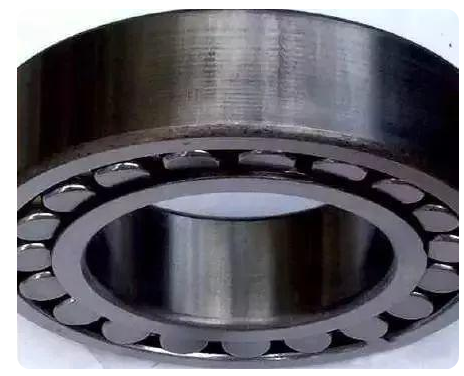CONTACT US
Zhejiang waxing electromechanical co.LTD.,Factory located in Shandong,Headquarters located in Zhejiang,China.
The main types of bearing rollers are cylindrical, spherical, and conical. Bearing rollers provide higher load capacity than ball bearings of the same size.
Bearing rollers, also known as rolling bearings, are similar to ball bearings in that they are designed to carry loads while reducing friction. However, bearing rollers use cylinder rolling elements rather than balls to transmit load to maintain spacing between the moving parts of the bearing.
Type of bearing roller
There are thousands of different types of roller bearings to meet specific application requirements. The following five main types of bearing rollers are introduced:
The cylindrical bearing roller has a higher radial load capacity and moderate thrust load. They contain cylindrical rollers but are convex or end wrinkled to reduce stress concentration. The design of cylindrical bearing rollers is similar to that of needle roller bearings, but the dimensions of diameter and roller length are more similar.
Self-aligning bearing rollers are self-aligning, double row, centripetal, and thrust combination bearings. They use spherical or coronal rollers as rolling elements.
The tapered bearing roller consists of an inner ring (tapered), an outer ring (cup), a cage, and a number of rollers whose appearance enables the load to be evenly distributed across the entire bearing roller. During operation, tapered bearing rollers form linear contact between the raceway and the rolling element, thus distributing the load over a larger area.
The needle roller bearing is a cylindrical bearing roller, in which the length of the roller is much greater than the diameter. Needle roller bearings are designed for radial load applications requiring low profile.
Thrust bearings are designed for pure thrust loads and can hardly withstand radial loads. Roller thrust bearings use rollers similar to other types of bearing rollers
Bearing roller processing steps
Forging is to place a piece of bearing steel. Heat the steel sheet to 1200 degrees Celsius, button, wear and grind well. Smaller bearing rings are generally cut from tubes or rods and then precision-machined, similar to forged parts. Then the blank is processed for inside and outside dimensions on a multi-axis lathe. The material removed during the cutting process is called a chip. This operation enables the rolling element raceways and sealing grooves required for bearing roller machining.
Quenching is a kind of heat treatment that makes steel hard and wear-resistant. Parts are heated to 800 degrees Celsius in a quenching furnace and then "quenched," which means they are quickly cooled in a bath of salt or oil. And then the steel gets harder. Without this hardening operation, the bearing rings will not be able to withstand the constant pressure of the rolling elements during operation.
Grinding and honing (fine grinding) are the next steps. A variety of grinding media are used to treat rough surfaces. The finer the grinding wheel or honing stone, the smoother the raceway surface or rolling body surface. In finishing operations, the deviation shall not exceed half a micron.
Deep drawing is a forming process that allows for the economical manufacture of a large number of bearing parts. First, a blank is punched out from the steel bar. Then it is deep-drawn in a few steps to the desired shape. It may be a pull-cup needle roller bearing or a modern sheet metal ball bearing cage. The drawing is done on a large conversion press, under high pressure, without heating the metal plates.
Surface coating is an important technology to improve the running resistance of bearings. The bearing is better protected from wear, excessive voltage, and environmental effects and maintains a longer life. Various chemical and physical processes are used to apply layers to steel.
Bearing roller assembly is usually carried out on the assembly line. These highly automated production lines have extensive integrated quality control. The use of assembly lines can achieve high cost, high precision mass production.
Bearing rollers are also called rolling bearings, which are similar to ball bearings in that they are designed to bear loads while reducing friction. However, bearing rollers use cylinder rolling elements rather than balls to transmit load to maintain spacing between the moving parts of the bearing.

Copyright © 2025 Zhejiang waxing electromechanical co.LTD. | All Rights Reserved Design
Hello, please leave your name email or WhatsApp here before chat online so that we won't miss your message and contact you smoothly.